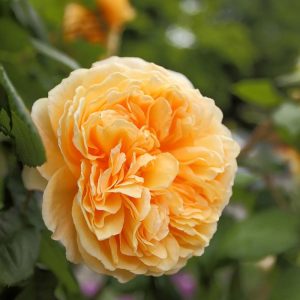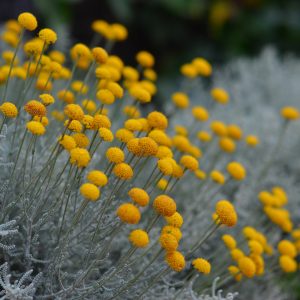Description
This lovely evergreen shrub, known as ‘Lisarose’, boasts a dense and bushy form with glossy dark green foliage. It produces flower buds in early autumn which turn a rich brick-red color as temperatures drop. From mid-winter to mid-spring, clusters of small pink and white flowers bloom, followed by the development of dark blue berries. Its compact size and ability to thrive in both sun and shade make it a popular choice for gardens of all sizes.
Key Facts
- Common Name(s):laurustinus ‘LisaRose’
- Hardiness:Fully hardy through most of the UK
- How big will I get? Viburnum tinus ‘LisaRose®’ can grow to a height of 2.5m and a spread of 2.5m.
- Did You Know That:Viburnum tinus has a long history of use in horticulture and has been cultivated since ancient times, with several cultivars now available with varying flower and foliage colors?
Plant Calendar
A rough guide to how this plant will change through the year.
| Jan | Feb | Mar | Apr | May | June | July | Aug | Sept | Oct | Nov | Dec | |
| Flowering Time |  |
|||||||||||
| Foliage Colour |  |
 |
 |
 |
 |
 |
 |
 |
 |
 |
 |
 |
| J | F | M | A | M | J | J | A | S | O | N | D |
 |
|||||||||||
 |
 |
 |
 |
 |
 |
 |
 |
 |
 |
 |
 |
Care Guide

Soil Requirements
Viburnum tinus ‘LisaRose®’ is a versatile plant and can cope with wet or drier soils, but prefers there to be decent drainage. This plant can grow in soil with a wide range of pH levels, it is not picky about the pH level of the soil.

Best Position
Viburnum tinus ‘LisaRose®’ can handle either an exposed or a sheltered position and is a very versatile plant that can cope with full shade, partial shade, or full sun.

Maintenance
Viburnum tinus ‘LisaRose®’ is fairly low maintenance and doesn’t require any pruning.

Pest, Diseases and Wildlife
Viburnum tinus ‘LisaRose®’ can have problems with aphids and beetles, it can be vulnerable to certain diseases such as root rots, leaf spot and grey moulds. It is considered to be toxic.





